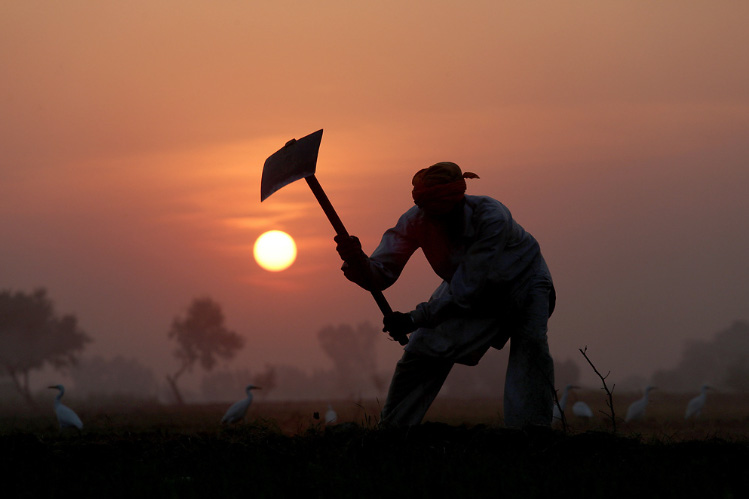The Silent Fields – Pesticide Poisoning in Punjab
Since 2003, Dr. Singh has been here, working with fellow health professionals at the centre, offering therapeutic treatment to a growing number of young children from local areas being born with mental and health disabilities.
“We are providing occupational therapy, speech therapy, yoga and naturopathy. Every type of therapy. We are also visiting villages, checking them free of cost and training the parents how to deal with these kids”, continues Dr. Singh.
He set up the centre in response to his growing concerns about the severity of illnesses he was witnessing in his own community, especially those affecting children.
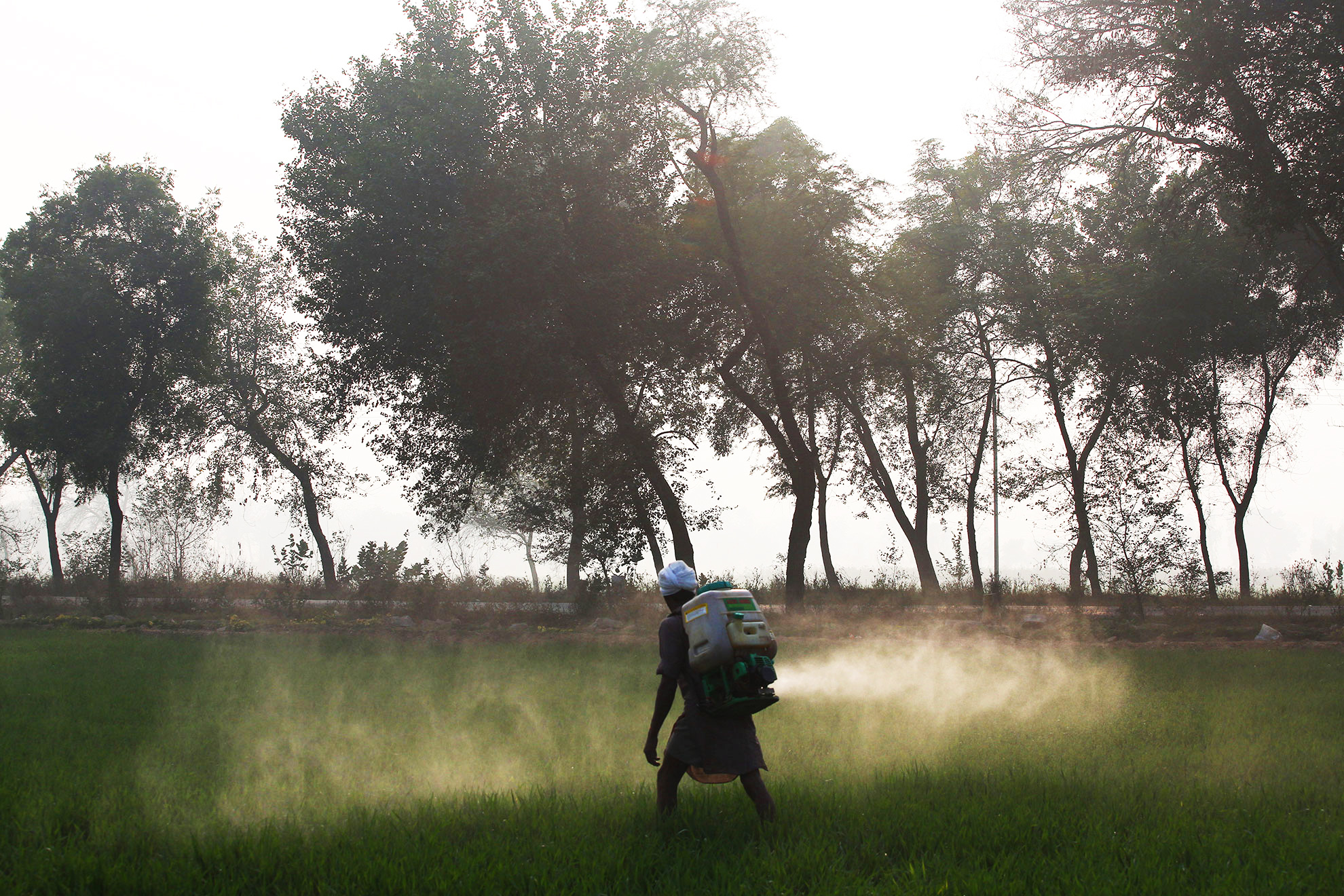
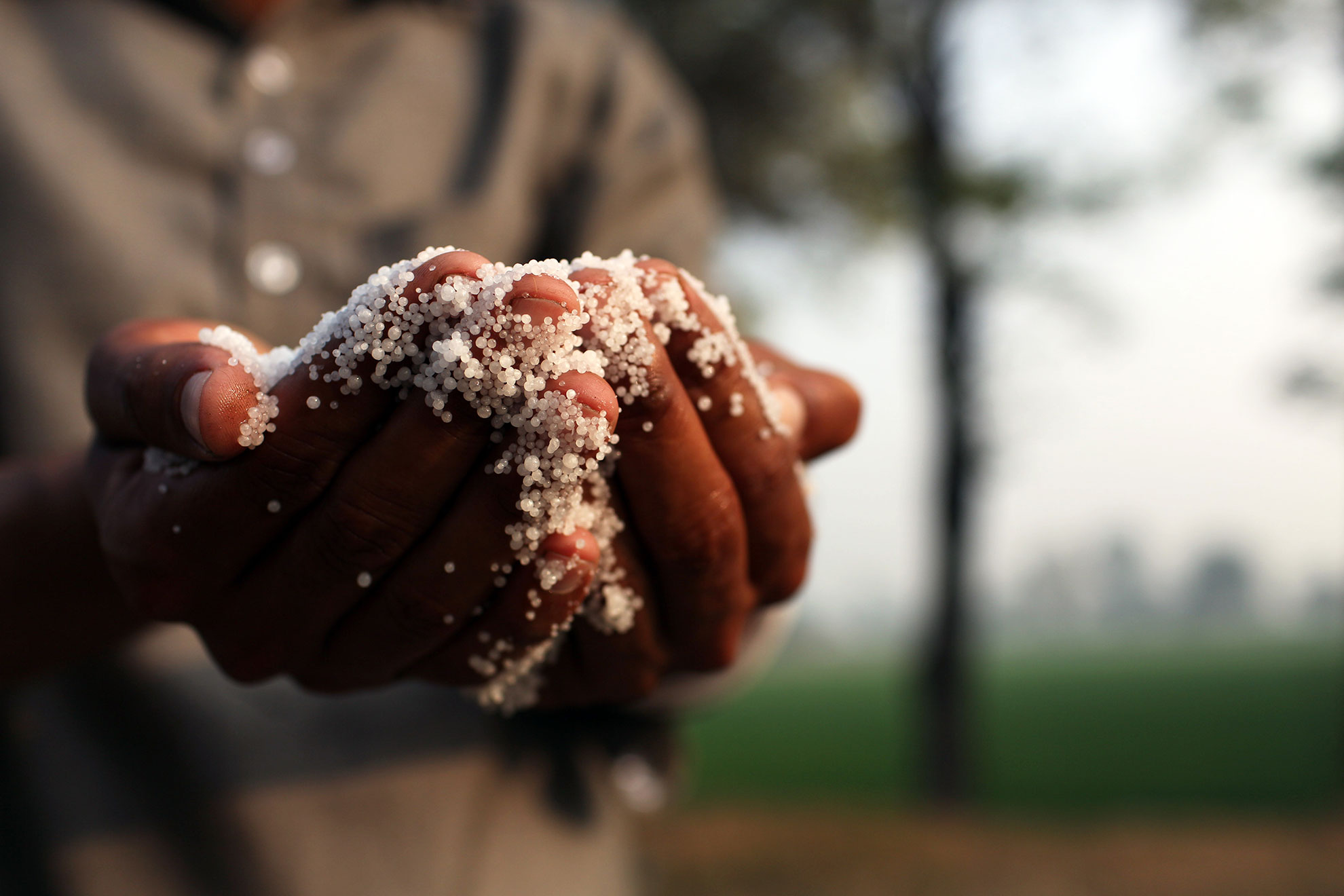
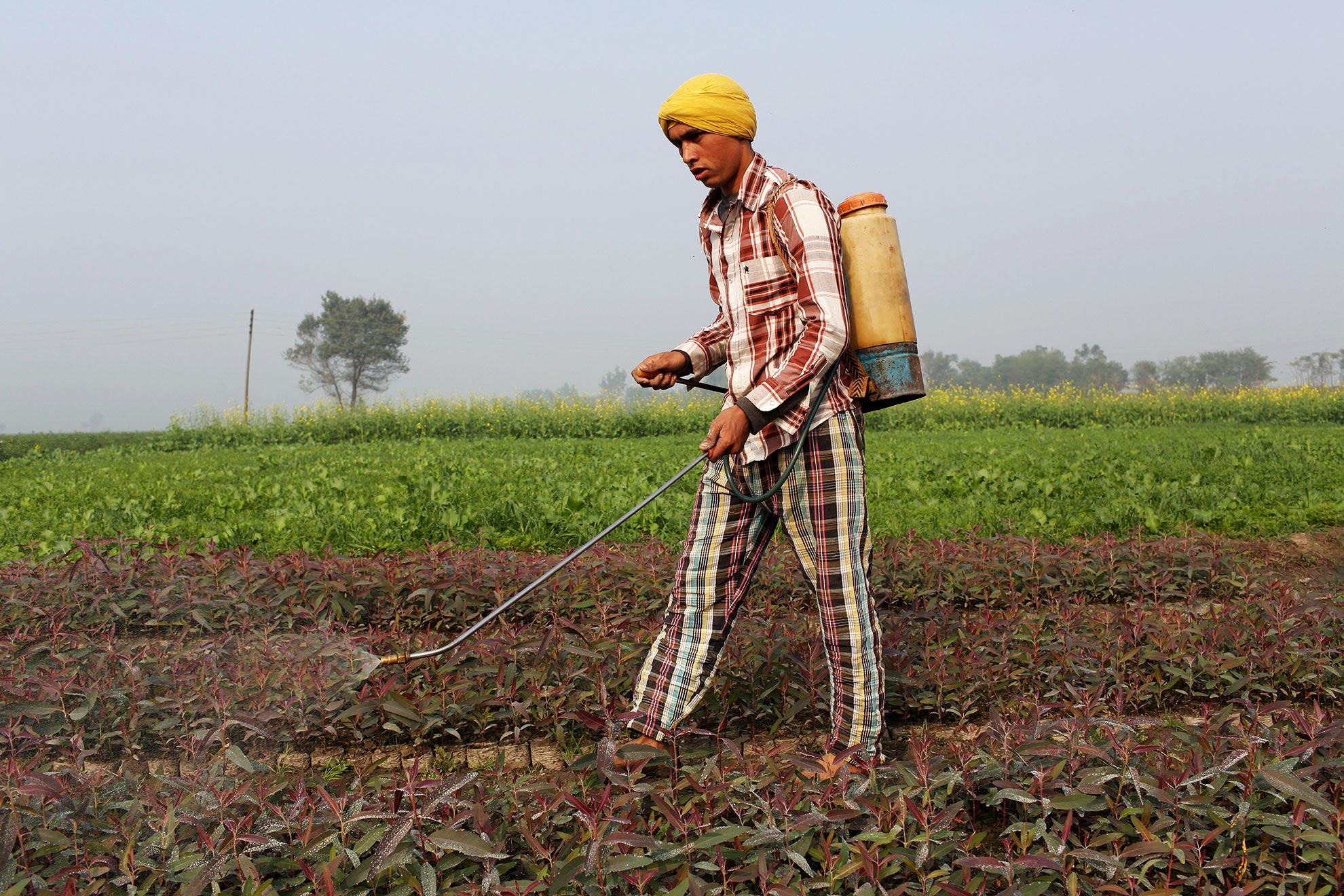
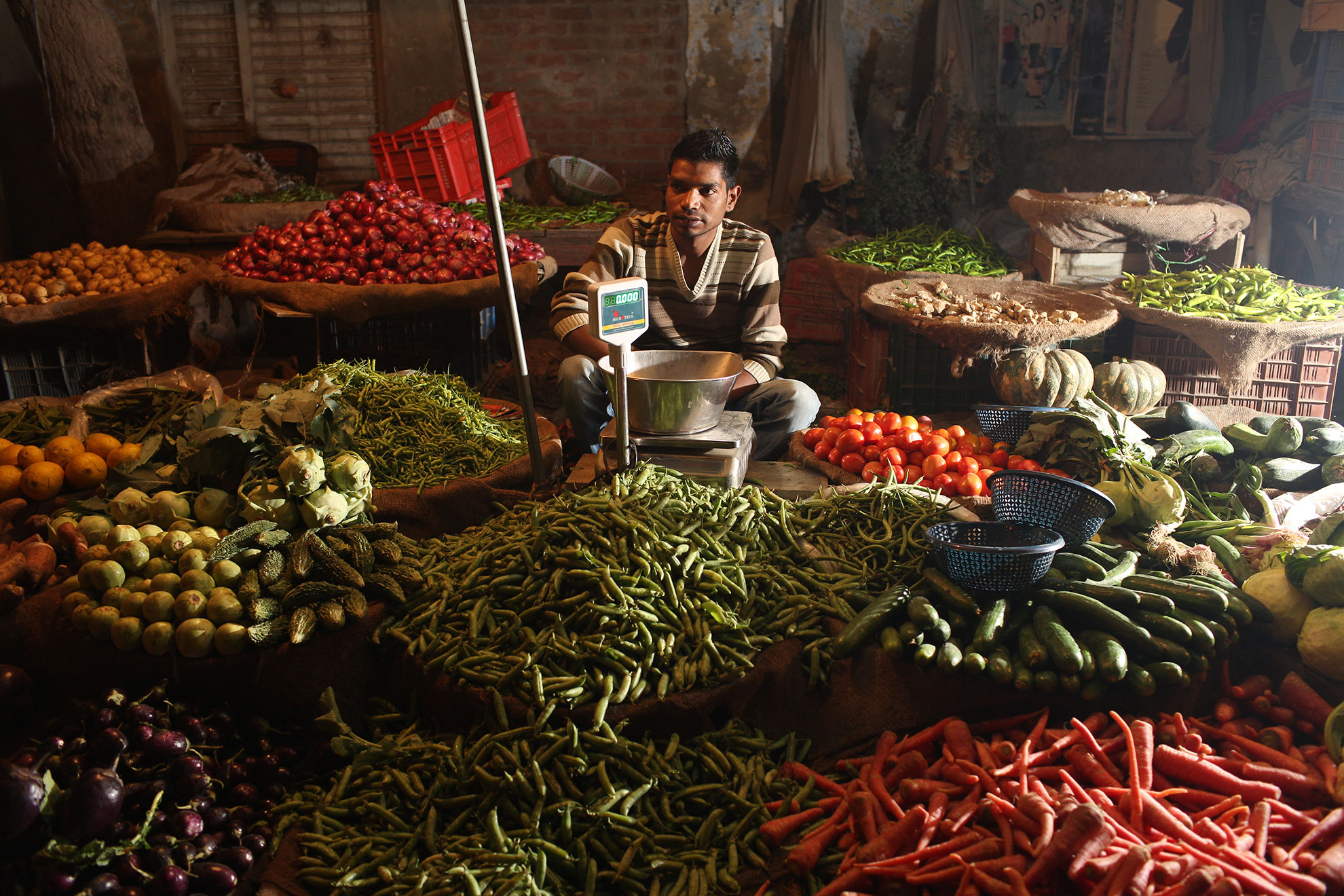


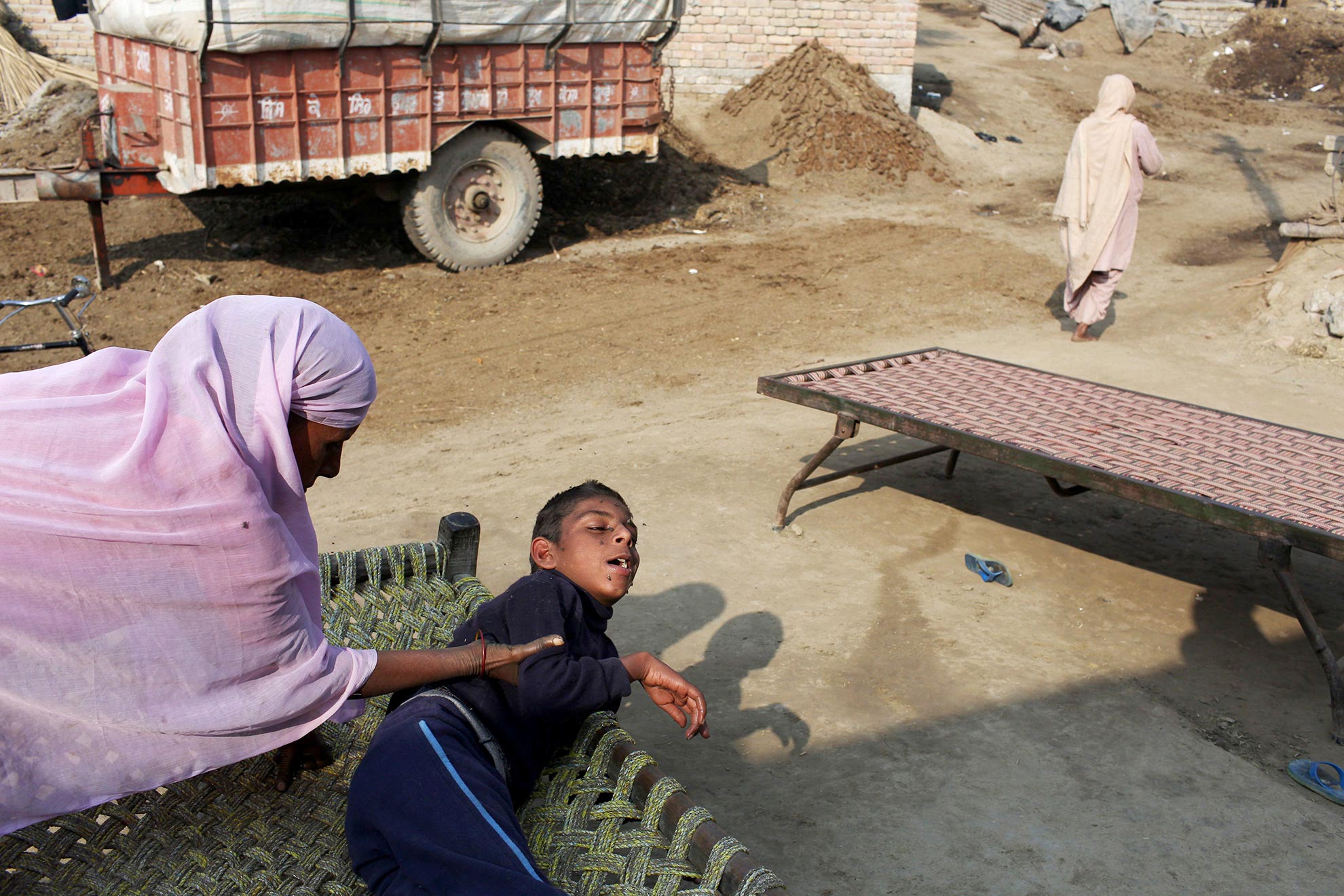

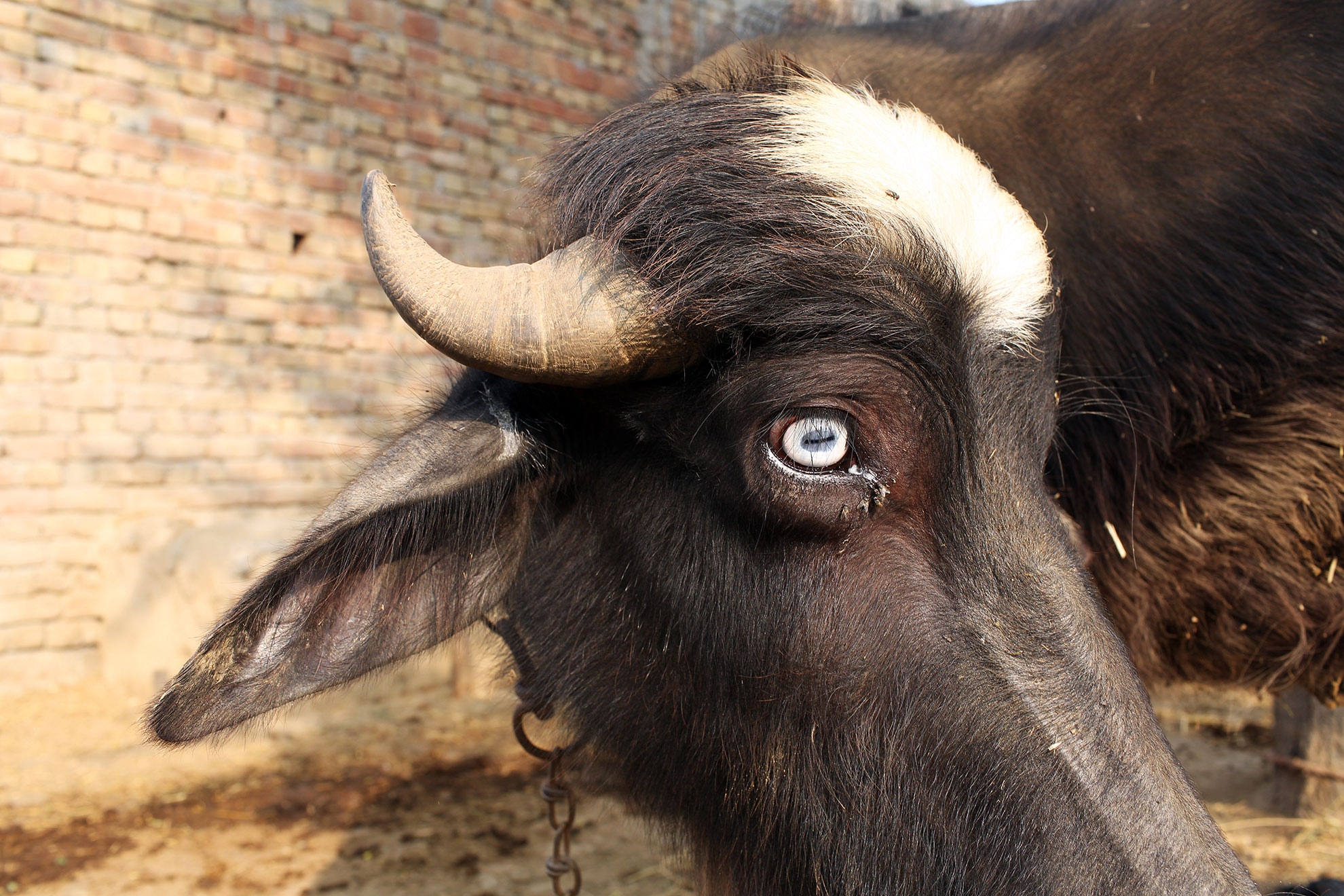

A surge in the number of children being brought to the centre hints at an alarming trend which has caused suspicion and worry amongst local communities.
Lying in the far north-west of the country along the border with Pakistan, Punjab has been become the country’s most important agricultural region. Since the green revolution in the 1960’s, a period which saw a huge increase in technological advancements and increase in new modern farming practices, it has become the nation’s leader in production of commodities such as rice, wheat and a wide variety of general produce.
This boom in production has also seen India rise to become the world’s second largest producer and exporter of cotton, two-thirds of which is grown in the Punjab region.
It is suspected however that fifty years of increased productivity has been fuelled by the excessive use of fertilisers, pesticides and insecticides that have resulted in a slow accumulation of toxins within the water, soil, food and ultimately people, of the region.
“They are 4 1/2 years old. When they were born they were fine. After 2 days they fell sick. They used to get regular fits and their body’s changed to a blue colour.” says Rajbir Singh, as he struggles to control the child that is wriggling in is arms. “Of course, for this we had lots of problems and worries. Two children and both of them are sick.”
Sitting in a courtyard at the Baba Farid Center, he and his wife have brought their
two sons – twins – who both have a combination of different mental and health problems. They travel from their nearby village everyday to enable their sons to receive treatment at the centre.

Villagers hold portraits of family members and loved ones they have recently lost to cancer and other suspected pesticide-related illnesses.
“Now it is fine but I worry a lot about this son.” Mantrit Kaur says as she wipes away a steady stream of tears from her face, thinking about the future of her two boys. With one appearing to be responding to treatment better than the other, worries continue for the other son who isn’t responding as well.
“Since I am coming here I can see that it’s not just my son, there are many sons”, she continues. “He will get okay here. Now he is 4 1/2 years old. He doesn’t understand anything. He cannot listen to commands. As long as I am here, there is no problem but if I’m not here, who will take care of him?”
In 2009, a Greenpeace report carried out by scientists from the University of Exeter in the UK, found that water from local wells in Faridkot contained dangerously high levels of nitrates, suspected to be from the overuse of synthetic nitrate fertilisers in surrounding agricultural land.
“20 percent of all sampled wells have nitrate levels above the safety limit of 50 mg of nitrate per litre for drinking water, established by the World Health Organisation (WHO)”, outlined the report. “Nitrate pollution in drinking water can have serious health impact on humans, especially for babies and children. The most significant potential health effects of drinking water contaminated with nitrate are the blue-baby syndrome (methemoglobinemia) and cancer.”
In another study in 2010, ‘Metal exposure in the physically and mentally challenged children of Punjab, India’, scientists from the Micro Trace Minerals Laboratory in Germany also found elevated levels of a wide variety of heavy metals in local children.
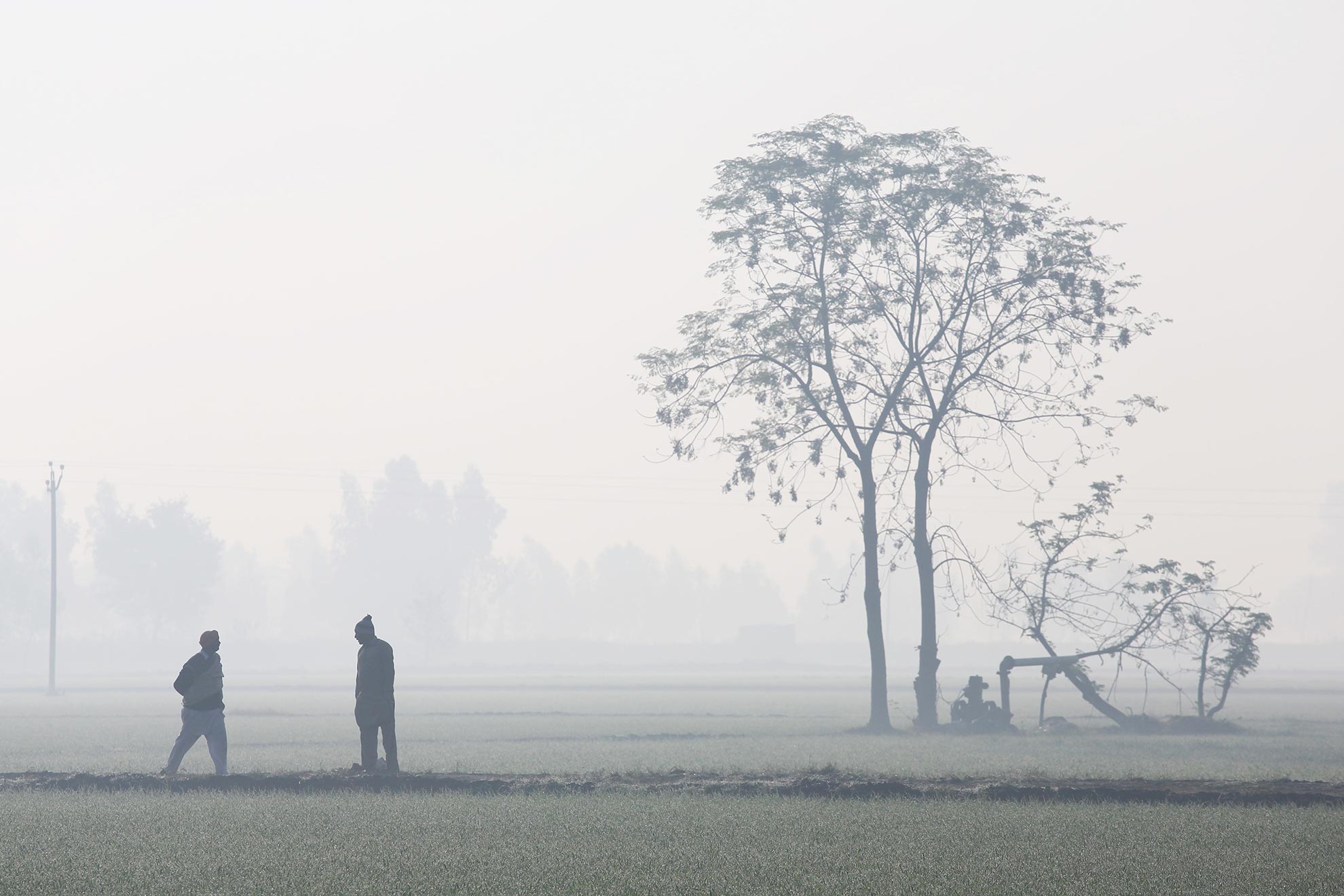
Collecting 149 hair samples from children at the Baba Farid Centre, they examined toxic metal concentrations, finding that the hair of the children contained dangerously high amounts of Barium, Cadmium, Manganese, Lead and Uranium, signifying long-term exposure.
“They are drinking very polluted water. We can say it is a toxic cocktail in our food chain”, explains Dr. Singh as he cradles yet another child at his centre.
“We have polluted the environment. Since the green revolution we have used lots of fertilisers, pesticides and insecticides and that’s why our soil, water and air has been totally polluted”, he exasperates.
Outside of Faridkot, it does not take long to reach the nearby countryside. Encapsulating all of the small villages in the area are vast expanses of flat, green fields. This area is the heart of the country’s bread basket and the endless expanse of fields is only broken by the odd dirt track, or small road, upon which small tractors chug or bicycles meander.
“Many of the villages have cancer patients but nobody talks about it.”
Jarnil Singh sits in a small courtyard at the centre of his home in the small village of Jajal, a small community of some 3000 people near Faridkot.
It’s a typical village in the region. Single story homes connected by dusty tracks that lead only to other villages. Everywhere you look there are the ubiquitous green fields.
A retired school teacher, he has watched for decades as illnesses, notably cancer, have increased in his community, taking the lives of local farmers and slowly tearing families apart.
“Fifty five people have died of cancer in the past eleven years. Many children have been born disabled and died.”
“It started from 1995, due to the cotton belt. The American bollworm was the problem. In three months they were spraying every three days. The recommended amount is three to four times in three months. The pesticide companies recommended we use more. We were using these without hand gloves or masks. Health problems started from 1997-98. People started to get many types of cancer.”
For nearly 10 years this excessive pesticide use continued in the community until 2004 when a new type of cotton, ‘Bt Cotton’ was introduced. A genetically modified strain, it naturally produces chemicals which harm and kill attacking pests.
“ After 2004 we got Bt cotton which was better. On this crop there was no worm”, continues Mr. Singh. “Bt Cotton was good but the fertility of the land was gone. From 2004-2007 we used less [pesticides] but the productivity went down so use went up again to seven to eight times per three months. That’s been the same ever since.”
The continued overuse of pesticides, insecticides and fertilisers is not isolated to this one village but is a practice visible across the region. The economic reality for local residents has dictated their behaviour for decades. Productivity before health. With little to no advice from local government about safe usage practices, overuse has been unabated and the potential health implications ignored.
Official statistics on the rates of cancers in the region are almost impossible to come by but according to local residents, the increasing frequency of cancer cases and the proliferation of ‘cancer villages’ are scaring people within the region.
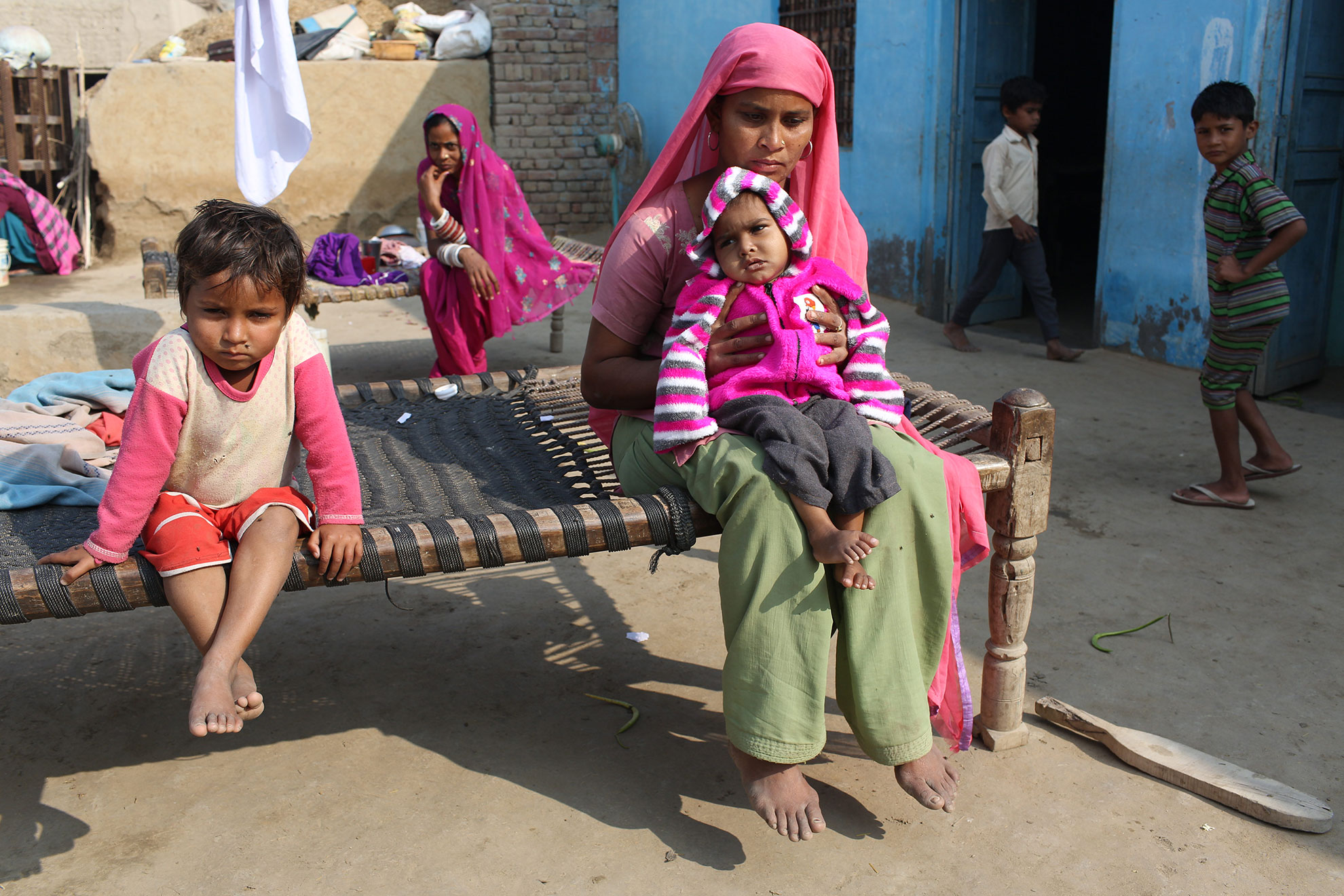
“Punjab is now becoming a hotspot of cancer cases in India”, says Chandra Bhushan, deputy director general of the Center for Science and Environment in Delhi. “There are a lot of studies which now link cancer in Punjab to use of pesticides. Punjab is one of the largest users of pesticides in India. In fact, on a
per acre basis it is the largest user of pesticides.”
“In 2005, we did a study. We checked the blood samples of the people of Punjab and we found multiple pesticides in their blood”, explains Bhushan. “Now, after these tests we couldn’t say that these pesticides were causing cancer [but] what we essentially said was that we are finding large amounts of these chemicals in the bodies of people. It cannot be allowed. We cannot allow chemicals to trespass our body. Therefore India needs a chemical trespass law. A law that says we are not going to allow chemicals into our body and accumulate [where] they might cause numerous diseases in the future.”
Approximately 75 km southwest from the town of Faridkot, lies the border with Pakistan.
From the village of Teejaruhela, villagers can gaze through the wire fence which lies 100 metres away, separating the two great nations.
“Today we are here because for the past 4 years we have surveyed this village. We took some samples and detected that heavy metal poisoning is too much [here]”, explains Dr. Pritpal Singh as he conducts one of his routine visits to check on the health of local residents, many of whom are suffering from a kaleidoscope of illnesses.
“Every house has a child with problems”, he explains. “In this village there are only 2200 people. We surveyed in 150 houses there are 62 kids with mental disabilities and cerebral palsy.”
As Dr. Singh wanders the village, disabled children can be seen at nearly every house. Lying on basic wooden beds, they smile and squirm as their various afflictions dictate the sporadic movements of their bodies and minds.
He approaches one child, Gurucharan Singh, a boy who spends his days curled up on a simple wooden bed layed out in the sun outside his parent’s home.
“He is suffering from cerebral palsy”, explains Dr. Singh. “He is 15 years old and he cannot speak. This is the classic type of spastic cerebral palsy and this child can never be normal in his whole life. This is not only in this house. In every house we have kids like this.”
In the green fields that surrounds the villages, the only sound that can be heard is the rustling of the grass as a faint wind blows through the countryside. Most of the wildlife once found in the region such as sparrows, owls and even eagles have long since vanished. The accumulation of toxins in local ecosystems has rendered this village silent. That silence is mirrored in the villagers of Punjab whose voices are seldom heard in this remote corner of the country.
“The government has cut us off. We are getting no help”, says one villager as they gather around Dr. Singh as he prepares to leave the village.
“We don’t need the government!”, cries another. “We just don’t want the polluted water. Our land is poisoned!”


